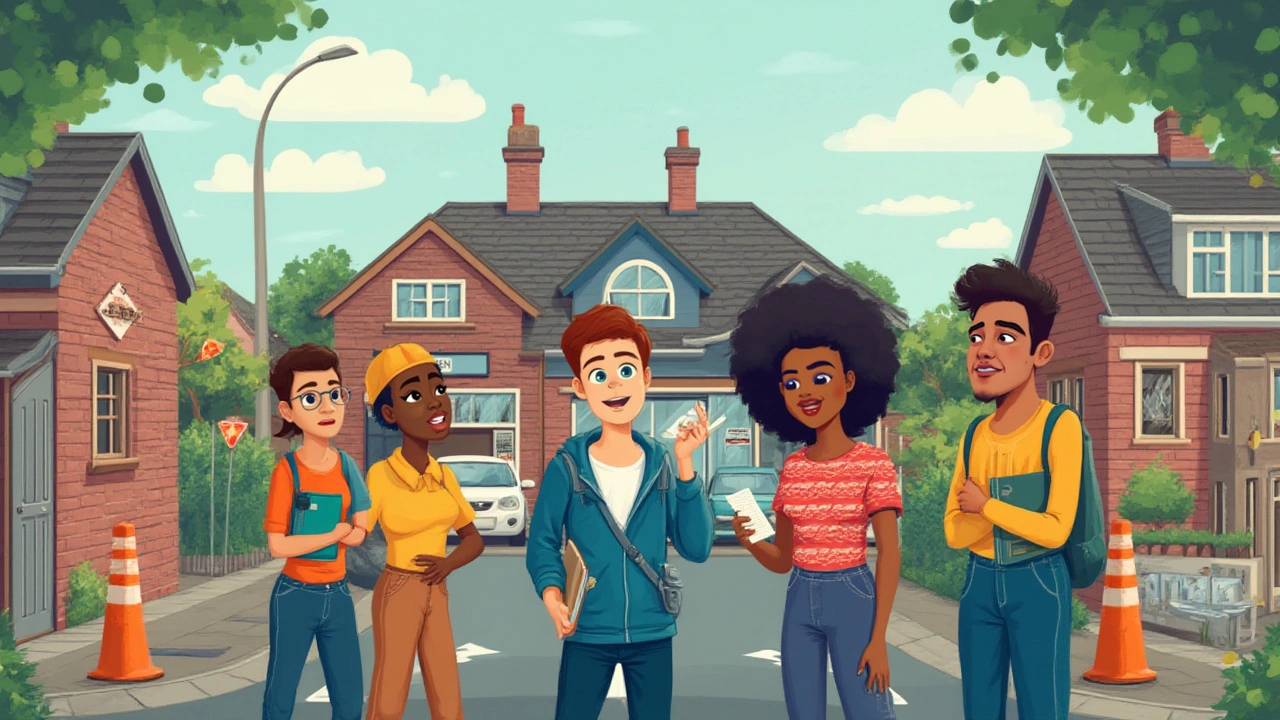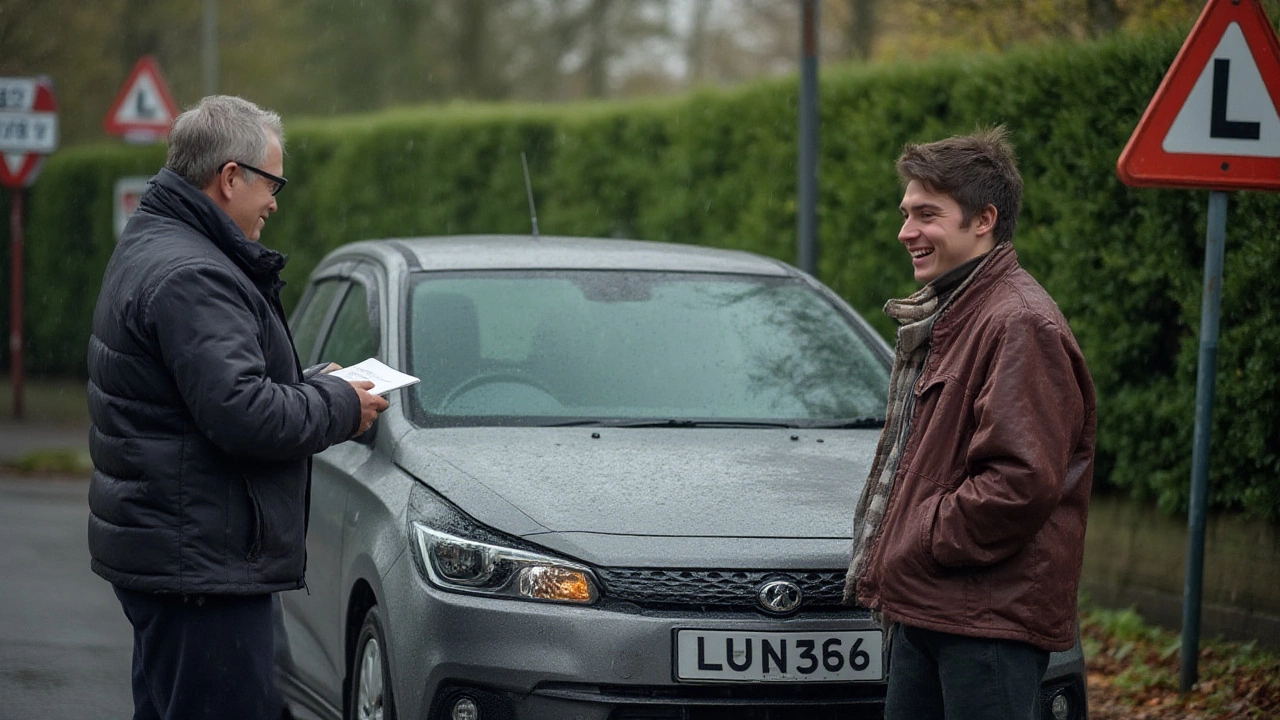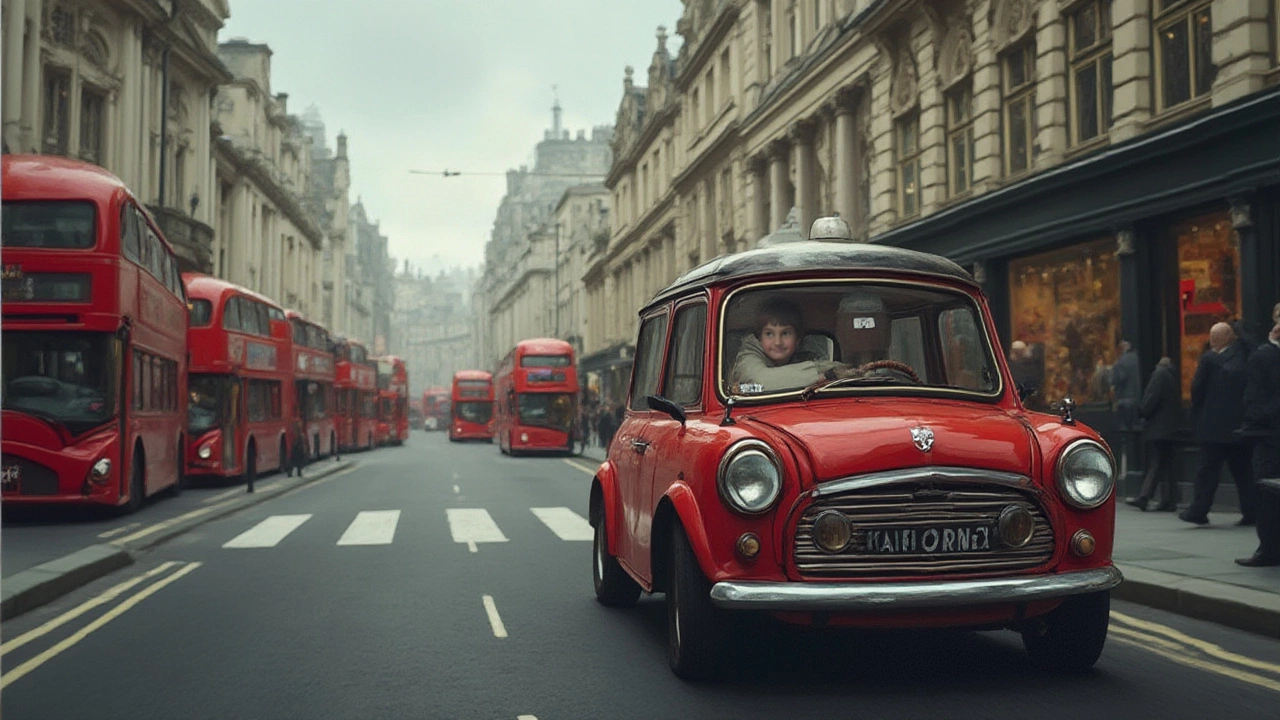Sweaty palms gripping the wheel, stomach tight with nerves—it’s a familiar scene for anyone about to take the driving test. The truth is, even if you know all the rules, you can still mess up on the big day with a few surprisingly common mistakes. These aren’t just rookie errors either. Instructors see test-takers of all ages stumble on the same things—over and over. The examiners aren’t out to trick you. But there are plenty of tiny pitfalls that are easy to fall into without even noticing. Nail this test, and you’ll finally have that magical pass certificate in your hand.
Top Beginner Mistakes: What Trips Up Learners Right Away
Over half of failed driving tests come down to small things that seem obvious in theory, but somehow vanish from your brain as soon as you start the engine. Forgetting to adjust your mirrors? That’s a classic. Test-takers have gotten so wrapped up thinking about tricky maneuvers that they hop into the car, buckle up, and blast off—forgetting to even check their mirrors or seat. Examiners actually mark this as a fault before you even put the car into gear. Another pitfall? Stalling the car during a hill start or when pulling away from traffic lights. It’s usually nerves, not skill, that cause this. People overthink clutch control, forget the handbrake, or panic when a car appears in the mirror.
Then there’s the forgotten signal. Not indicating can cost you points fast. Even worse is indicating at the wrong time—like signaling left at a roundabout but then going straight, which confuses everyone else and annoys the examiner. And speaking of roundabouts, misjudging who has priority is one of the most nerve-wracking parts of the test. You’d be surprised at how many people hesitate too long or go a split second too early, leading to automatic failure.
Nerves tend to amplify everything. Simple acts, like forgetting to release the handbrake or failing to check blind spots before changing lanes, are way too common. Practicing these mundane checks until they’re muscle memory makes a world of difference. People often miss the basics because they’re so focused on passing that they forget to just drive as they’ve practiced. Confidence is key, but don’t let it turn into cockiness—a few over-confident moves, like speeding up at the wrong time or squeezing through a tight gap, can end your run right there.
The Most Serious Faults: Instant Fails and How to Dodge Them
Some test mistakes are deal-breakers. The dreaded ‘major fault,’ also known as a dangerous or serious fault, means you’ve done something risky enough to either endanger someone or show you’re not safe to drive solo. One of the fastest ways to rack up a major fault is failing to give proper observations at junctions. Even on a quiet daytime road, skipping that head turn at a T-junction or a quick glance before emerging onto a roundabout guarantees marks against you. Examiners have sharp eyes—they catch every tiny movement, or lack of one.
Another big one is breaking the speed limit, even by just a couple of miles per hour. Examiners say they see candidates zone out or try to match the flow of faster traffic, not realizing they’ve rolled above the limit. Always watch out for speed changes—some towns love peppering roads with 20mph zones that catch even seasoned drivers off guard.
Losing control of the vehicle—stalling at a junction and rolling back, swerving unexpectedly, or being slow to react to hazards—can all get you a major fault. One slip and they’ll mark you down. There’s no room for zoning out. And don’t forget those old-school show-me-tell-me questions. You’re expected to know how to operate the car—if you fumble with the demister or lights, that’s a red flag that you’re not ready yet.
Don’t ignore those mirrors. Examiners report that failure to check mirrors before turning or changing direction is a leading cause of instant fails. And it isn’t just giving them a quick glance—you need a clear, visible head movement so they know you’re checking, not just pretending. No one wants to be ‘mirror-fail’ famous.

The Devil Is in the Details: Minor Faults Add Up Fast
Don’t fall into the trap of brushing off smaller mistakes. Ten or more ‘minor’ faults can still mean a fail. People rack up minors for things like forgetting their mirror-check sequence (mirror-signal-manoeuvre), jerky gear changes, or not maintaining a steady speed. Even clipping the curb on a turn gets noted. Practicing smooth pedal use and gentle braking can save you from a string of silly faults.
Lane discipline is another silent killer. Drifting too far to one side, or failing to stay within lane lines at roundabouts—these things rarely cause drama, but examiners notice every inch the car moves. Spotting road markings and responding to them is also a common problem. Miss a painted arrow or ignore a bus lane sign, and it costs you.
Another source of minor faults? Not reacting to what’s around you. If you drive too close to parked cars, or can’t keep a safe distance from the vehicle ahead, it gets counted against you. This ties back to hazard awareness. Examiners look for evidence that you see and respond to changing situations, like a cyclist swerving or someone opening a passenger door. Missing those hazards, even if there’s no accident, is still a fault.
Then there are the special maneuvers. Whether it’s a parallel park or a bay park, the key is being accurate and calm. Climbing the curb, hitting the lines, or needing lots of corrections for a single maneuver are common reasons for faults. Rushing through the parking bit is a rookie error—take your time, check your mirrors, and you’ll come out fine.
How to Prepare: Practical Tips for a Stress-free Test Day
Prepping for the big day starts well before your actual test appointment. First thing’s first: get used to driving in all sorts of conditions. That means sunny, rainy, busy, quiet—you want surprises out of the equation. Practice known test routes, if possible, but make sure you can handle unknown roads too. Instructors often say their most successful students are comfortable taking instructions and adapting to change, rather than just repeating the same circuits over and over.
Mock tests done with a qualified instructor are a game-changer. That’s where you can iron out bad habits, spot the silly mistakes you don’t notice, and build up the stamina for a full hour’s drive under pressure. Ask your instructor to be extra strict. Mistakes feel worse in practice, but you’ll never forget that slap-on-the-wrist when you correct them.
Make a checklist for test day. Know where your provisional licence is, double-check that the car you’ll use is clean, safe, and MOT’d. Clean windows make a surprising difference to your focus and visibility. Dress comfortably, but not so relaxed you feel tempted to nap. Arrive early—rushing to the centre ramps up those nerves.
The night before matters too. Sleep is underrated: studies show that being sleep-deprived is almost as bad for your reaction time as mild intoxication. Don’t binge on coffee, and try not to cram. Chill, watch a show, or read something instead.
On the day, take a few slow, deep breaths before you get into the car. Remind yourself that the examiner isn’t looking for perfect driving—they just want to know you can drive safely and sensibly. If you mess up, don’t spiral. One mistake isn’t the end unless it’s major, so recover calmly and keep going.

Things Examiners Expect (But Nobody Tells You)
Apart from the obvious stuff, examiners are looking for signs you’re thinking on your feet. They check if you can spot potential hazards, anticipate what other road users might do, and keep calm under pressure. If there’s a sudden dog running into the street, are you the kind of driver who slams on the brakes or stays focused and reacts smartly?
They also have a hawk’s eye for confidence versus aggression. Taking the initiative (like pulling out at a tricky junction when safe) gets noticed, but forcing your way in or being too timid both lose you points. It’s about reading the road and being decisive, but not reckless.
Using the car’s features properly makes you look like a pro. Adjusting the air con if windows fog up, using demisters or headlights correctly, and answering the “show-me-tell-me” questions smoothly—these all add to the impression that you’re ready for life as a driver, not just for ticking boxes during a test.
One surprising insider tip: Examiners have reported that candidates who talk through their moves aloud (within reason) often make fewer risky errors. Something as simple as muttering, “checking mirrors, pulling out,” keeps your focus active and clears up doubts about what you’ve spotted. Don’t monologue, but gentle commentary can’t hurt.
If disaster strikes—a bad stall, a botched maneuver, or a surprise hazard—own it, correct safely, and carry on. It shows maturity and the ability to recover, which is practically as vital as getting it all perfect the first time. Drive as if you’re on your own for real, not trying to impress anyone in the passenger seat. Want a bonus tip? Always keep an eye on the examiner’s pen. If they’re scribbling like mad, you probably missed something. Stay alert until the end, because that final return to the test centre is where people let down their guard and ruin a flawless drive with a silly ending slip.
Getting through the driving test mistakes minefield is as much about staying cool as it is about knowing your stuff. Nail the basics, keep the nerves under control, and remember that the test is about showing you can be a safe and sensible driver when it matters. That’s the real secret to passing on your first go.

